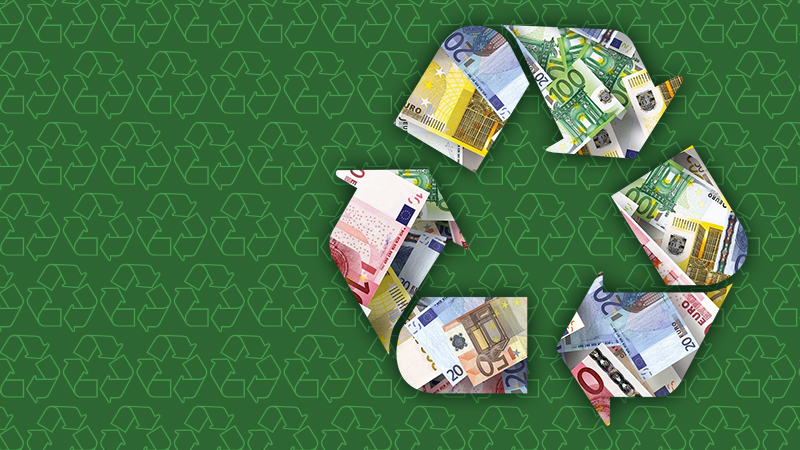EU measures and billions of euros have had little impact on EU countries’ transition, particularly where the circular design of products and of manufacturing processes is concerned. In this context, achieving the EU’s ambition of recycling twice as many materials during the current decade as during the previous one will be like trying to square the circle, conclude the auditors.
Overall, the EU has made very little progress in its transition to a circular economy. Between 2015 and 2021, the average circularity rate for all 27 EU countries increased by only 0.4 percentage points. Seven of them – Lithuania, Sweden, Romania, Denmark, Luxembourg, Finland, and Poland – even regressed during that time. The auditors therefore conclude that the EU’s ambition of doubling its share of material recycled and fed back into the economy by 2030 looks very challenging.
“Preserving materials and minimising waste are essential if the EU wants to become resource efficient and achieve the environmental objectives of its Green Deal,” said ECA member Annemie Turtelboom. “But EU action has been so far powerless, meaning the circular transition is unfortunately almost at a standstill in European countries.”
A circular economy preserves the value of products, materials, and resources for as long as possible to minimise waste. To help in the circular transition, the European Commission issued two Circular Economy Action Plans. The first, from 2015, contained 54 specific actions. The second, issued in 2020, added 35 new actions and set the target of doubling its ‘circularity rate’ – the proportion of material recycled and fed back into the EU economy – by 2030. Neither of these plans are binding, but they were designed to support member states in increasing circular-economy activities recently. By June 2022, nearly all EU countries had a national circular-economy strategy or were in the process of developing one.
The EU made a significant amount of funding available, earmarking more than €10 billion between 2016 and 2020 to invest in green innovation and help businesses get ahead of the curve in the transition to a circular economy. However, the member states spent the vast majority of this money on managing waste rather than on preventing it through circular design, which probably would have had more impact.
The EU action plans also included a range of measures to enable innovation and investment. But the auditors found limited evidence that these measures contributed effectively to a circular economy. They had only modest impact at best in helping businesses to produce safer products, or to access innovative technologies with a view to making their production processes more sustainable. The auditors also highlight the issue of planned obsolescence – the practice of artificially limiting a product’s useful life so that it needs to be replaced. The European Commission concluded that detecting planned obsolescence was not feasible, even though eliminating it is clearly key for more sustainable products.











